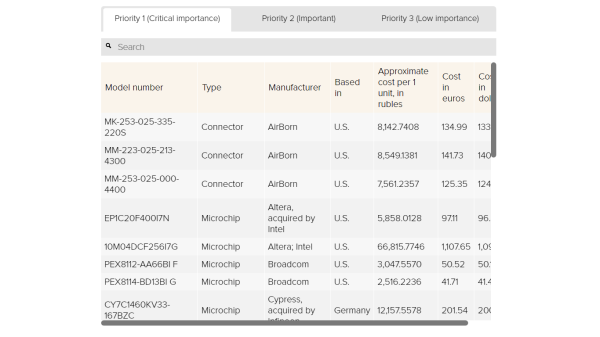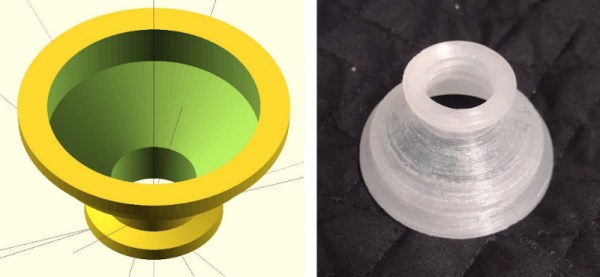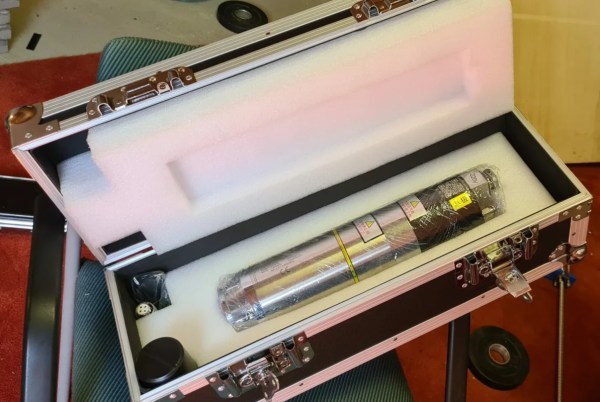Join us on Wednesday, September 14 at noon Pacific for the Heavy Engineering Hack Chat with Andy Oliver!
Here at Hackaday, we focus mainly on engineering at the small end of the spectrum. Millimeter waves, nearly microscopic SMD components, nanoscale machines like MEMS accelerometers, and silicon chips with features that measure in the nanometer range. We’ve all become pretty good at wrapping our heads around problems at the wee end of the spectrum.
And while all that tiny stuff is great, there’s a whole, big world out there to explore, with big engineering to solve big problems. Think of things like dam spillways, lift bridges, and canal locks — big stuff that still has to move, and has to do it safely and efficiently. Those are problems that demand an entirely different way of thinking, and skills that not a lot of us have.
 Andy Oliver works in the world of big, movable structures, designing control systems for them. He’ll drop by the Hack Chat to discuss the engineering that not only makes these structures work but also keeps them safe and reliable. If you’ve ever wondered how big things work, you won’t want to miss this one.
Andy Oliver works in the world of big, movable structures, designing control systems for them. He’ll drop by the Hack Chat to discuss the engineering that not only makes these structures work but also keeps them safe and reliable. If you’ve ever wondered how big things work, you won’t want to miss this one.
Our Hack Chats are live community events in the Hackaday.io Hack Chat group messaging. This week we’ll be sitting down on Wednesday, September 14 at 12:00 PM Pacific time. If time zones have you tied up, we have a handy time zone converter.





















